The taste of berries is familiar with everyone from childhood. To this day, dackets are trying to grow this culture in their sites, as its fruits are not only delicious, but also useful. There are many varieties and varieties of currant, among them - black, white, red. All of these culture varieties have significant differences in both the appearance and in taste. Learn more about the characteristics and landing of white currant, let's tell later in the article.
White currant: culture description
White currant has the following distinctive features:
- Culture grows in the form of a leaf shrub. Belongs to the gooseberry family.
- Wild varieties of currant white grow mainly on the banks of the rivers and lakes.
- The height of the shrub reaches 2-2.6 m.
- Cultural leaves have gear endings. Color - green and dark green.
- During the flowering of culture on the shoots of the shrub, small flowers, having yellow petals appear. Flowers are going to massive clusters.
- White currant berries are small, in diameter can reach 0.5-3 cm. Fruit shape - spherical, sometimes oblong. According to taste quality, the berries of this culture resemble red currants, but have not such a strongly pronounced acid flavor.
- The fruits on the shrub appear in the middle of the summer.
Planting white currant
An open rhizome seedlings should be planted at the beginning of autumn. Saplings with a closed root system (planted in containers with soil) plant either in the middle of autumn or in spring. Before boarding, it is necessary to choose the right section:
- It must be sunny glade, as currant shrubs do not like shadow or half.
- The level of groundwater occurrence must be at least 50 cm.
- Currant loves drainaged, weakly acidic and nutrient soil.
The order of planting white currant:
- Pre-10 days before landing, the site should be prepared. All weed herbs are removed from it, garbage. Further fertilizers are made. Compost, humid and wood ash is suitable as feeding.
- On the site, planting pits for each seedling are digging. Their depth should be at least 35 cm. The distance between the wells should be about 70-80 cm.
- A small amount of humus is added to each hole, then a seedlock is neatly placed there. Next rhizome sprinkle ground. Each seedling plant at 45 degrees.
- In order to improve the observerness of currant shrubs, the soil on the site should be closed with sawdust or peat.
Seasonable care for white currant
White currant with proper care is able to give a pretty good harvest. Care for this culture does not require tremendous effort, however, it is necessary to have certain knowledge:
- Saplings of white currants are planted in early April. Before disembarking, it is necessary to take care of the presence of a sufficient amount of moisture on the site. To do this, there are small embankments to detain the melting water precisely where white currant will be planted.
- Spring culture care is to feed it with nitric fertilizers and protection against possible frosts. For feeding used urea, which is applied to the moistened soil. Without spring making fertilizers about a good yield you can forget.
- In order for frosts to do not find plants by surprise, it is necessary to follow the weather forecast. In the case of the approximation of cold air masses, it is desirable to have a stock of dry, make a smoke veil. Either you can use a sufficient amount of dense polyethylene film to cover the plant.
- Adult bushes after winter need to be well inspecting for the presence of damaged, perhaps or frostite shoots. They must be removed. In preventive purposes, white currant seedlings can be treated with burglar liquid or copper vitrios.
- Be sure to spring, you need to jumble the soil near the bush. This is done in order to ensure the influx of oxygen to the roots.
- In summer, special attention should be paid to the watering of plants with the best white currant. It is impossible to dry up the soil near the bushes and the appearance of dry crusts on it. Water and loose the soil you need constantly.
- Special inconvenience of currants can deliver weeds, so weeding the beds should become a constant practice. In about the beginning of June, the second feeding of bushes is carried out with the help of organic fertilizers.
- Autumn plant care should be aimed at preparing for winter. In mid-October, the bushes feather themselves with a organic and dripping. After falling leaves, they must be removed. In early November, currants cut into sanitation purposes. After this operation, there will remain many quite suitable shoots that can be used to reproduce the plant with stalling.
Watering and feeding white currant
Watering and feeding are among the most important actions in care for this plant. Abundant and constant irrigation is necessary throughout the period of vegetation of the plant. The lack of moisture leads to the degradation of the shrub, as well as its berries. The latter become small and dry. In order for the plant normally, the soil must be sufficiently moistened to a depth of 30-40 cm. To achieve this, water consumption per 1 m 2 Must be at 20-30 liters. Reduce the intensity of irrigation by mulching the soil. Thanks to this, the moisture will persist in the ground much longer, and the weeds will grow less often.
For the winter, it is necessary to carry out abundant watering of shrubs of white currant Versailles. To do this, in the ground around the bush makes a radius of approximately 0.5-1 meters. At this recess poured a large amount of water, and after it is absorbed, covered with soil.
The feeder is carried out several times during the growing season. Early spring make nitrogen fertilizers. To do this, mainly use urea at the rate of up to 20 grams to m 2. During the flowering of white currant bushes under the bush, organic fertilizers are made (bird litter or korovyan). The litter insist on water at the rate of 0.5 liters per bucket of water, the cowber solution is diluted with water in proportion 1 part of the solution on 10 parts of water. If there is no possibility to apply the organic, it can be replaced by mineral fertilizers. Under the bush, you can pour solutions of superphosphate and potassium sulfate at the rate of 15-20 gr. Fertilizer for one adult bush.
Some gardeners practice carrying out the extra-root fake plants with white currant. In this case, fertilizers are applied directly to the leaves. For processing uses the following composition:
- Sulphate zinc - 3 g
- Boric Acid - 3 g
- Molybdenumine Ammonium - 3 g
- Copper Kumoros - 2
- Marganese sulphate - 10 g.
These ingredients dissolve in a bucket of water, thoroughly mixed and spray the leaves. In the question of fertilizers you need to be very neat. Too concentrated solutions will not give a large increase in harvest, but can damage the plant.
Pruning white currant
Cropped white currants twice a year - early spring and late autumn. Do it with two goals:
- Cleaning bush from damaged and dried shoots.
- Formation bush.
If cleaning is carried out both in front of the winter and after it, then work on the formation of the bush is made in the spring. Typically, the forming process is carried out for 5 years. New currant bushes (set by last spring or autumn) cut off, leaving only 4 kidneys. More older bushes cut all shoots, leaving only 3 of the strongest. Next year, it is also necessary to cut all young shoots, leaving only 3 strongest. Thus, a bush is formed from 12-16 powerful shoots of different ages. Then you have to simply update the bush.
Reproduction of white currant
In principle, this process does not differ from the reproduction of other shrubs. Conduct it in several ways:
- Reproduction with cuttings. During the spring or autumn trimming of semi-restraint shoots, cuttings are harvested. The thickness of the escape should not be less than 8 mm, and its length is less than 20 cm. You only need to take the bottom of the plant with 5-7 kidneys. The lower cut of the cutter is placed in water tank, in which it is up to how the roots stop. Next it is planted in the nursery. It is necessary to do it only in warm weather, as well as only in loose wet soil. Before the stalk is well rooted, it is better to cover it with a can or polyethylene. As soon as it is accepted, you can carefully carry out. After 2 years, you can transplant the cuttings into the currants.
- Reproduction with tanks. This method is similar as the first, brings excellent results. For him, it is necessary to take a few two-year shoots from the mother's bush and put them in a groove of a depth of 15 cm. After that, the shoots sprinkle the earth, leaving only the upper part with a height of 1 cm in the air. As soon as the escape grows by 10 cm, it is poured up to half the earth and watered. As soon as the gods are growing enough, it is separated from the mother's bush.
Useful properties of currant fruit
Dachnikov Reviews about white currant is most often positive, because this berry is very useful for our health:
- White currant is rich in vitamins A, C, E, H, PP, as well as groups B. It is especially worth noting the content of vitamin C - at 100 g of berries may be up to 0.2 gras of this vitamin. In addition, currant is rich in various minerals, there are quite a few potassium, magnesium, calcium, sodium, chlorine, iron, sulfur, zinc, etc.
- In addition, in the culture contains various coloring and tanning substances. There are also antacids, flavonoids, catechins, pectins and phytoncides. As for the content of sugar in berries, it depends on when they were collected. So, it is believed that the reservoir fruits contain more sugar than later berries.
- As for calorie content, then in 100 gr of this product contains approximately 34 kilocaloria. In this case, there are 0.7 grams of proteins, 0.5 grams of fats and 10.2 g of carbohydrates.
- With the help of currant fruits, many health problems can be corrected. Only for this berries should be included in its diet regularly. In order for the fruits of currant to be with you and in winter, you can prepare the juice or just freeze the berries in the freezer.
- With the help of currant, you can remove free radicals harmful to the body. They are able to cause the development of tumors and premature aging.
- The fruits of culture are a good choleretic agent. In particular, currant is useful in diabetes mellitus, bronchial asthma, impactive impact.
- Infusions and berry berries are applied as a means to increase the body's tone. The same decoction will be useful in cold weather, insomnia, neurasthenia, as well as kidney diseases. In order for the currant to benefit the body, you need to eat at least once a day for 20 grams of fruits.
Diseases of white currant and pests
Like most fruit shrubs, white currant shrubs of all varieties are ill with the following diseases:
- Puffy dew. With this disease, a white flare appears on currant branches.
- Churchosporosis.
- Anthracnose.
- Septoriasis.
Among the pests are the most dangerous for white currant are: ticks, wave, butterflies-firewood and others.
In the summer, it is worth constantly paying attention to the state of bushes, so as not to miss the first signs of the occurrence of diseases or the harmful effect of pest insects. For the slightest signs of problems, it is necessary to process the plant by fungicides or insecticides.

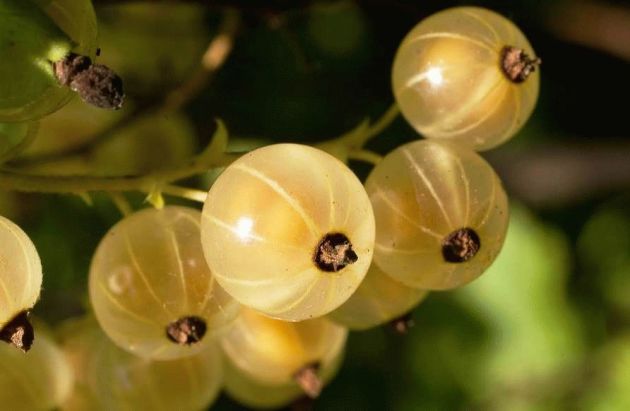
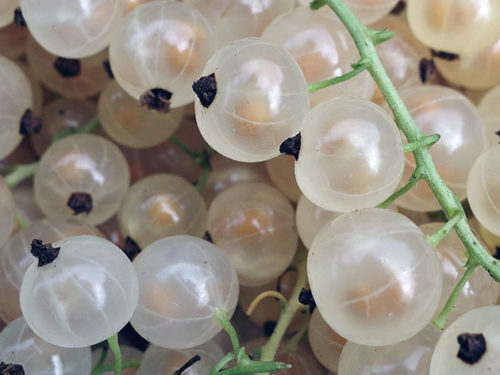
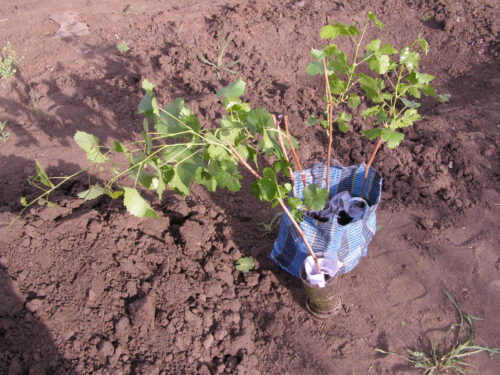
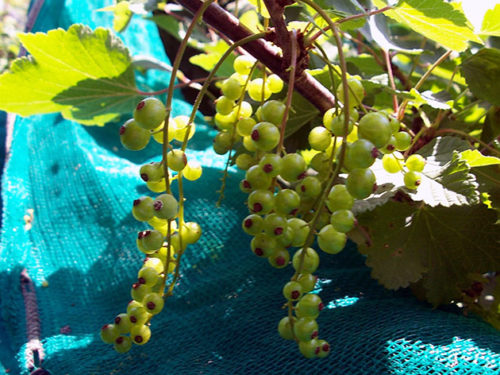
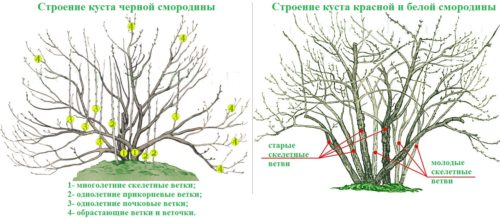
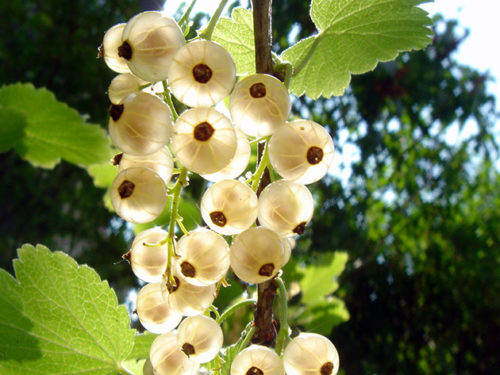
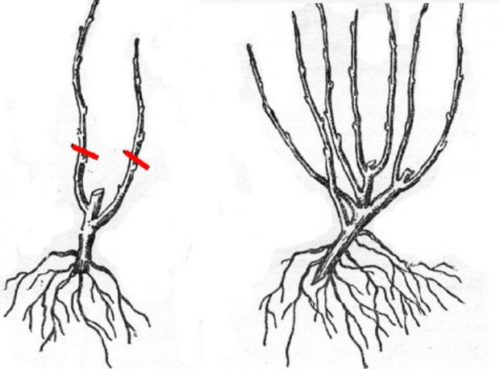
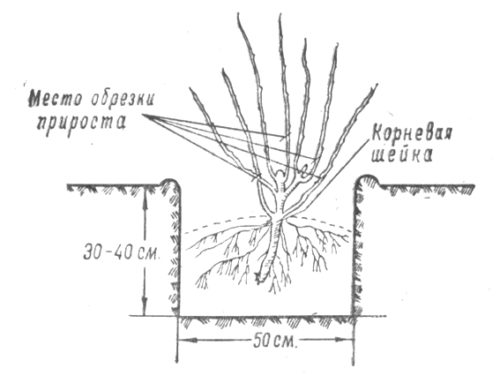
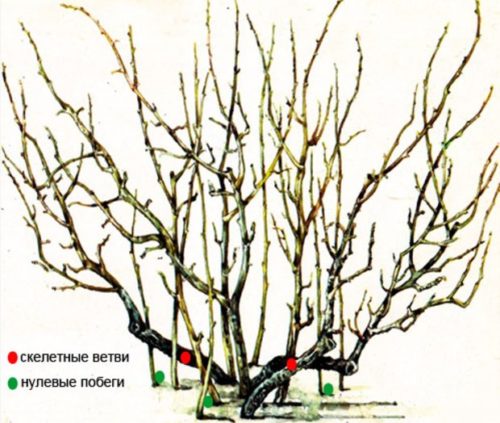
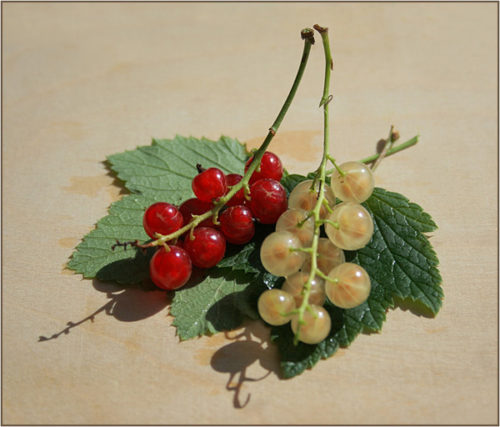
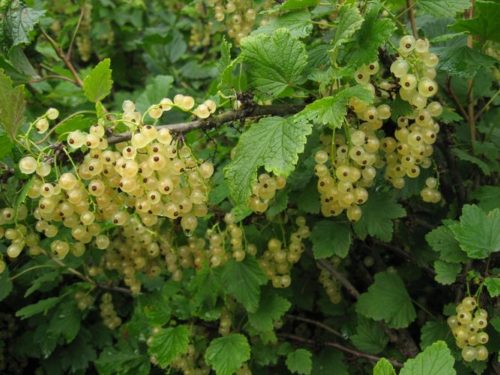
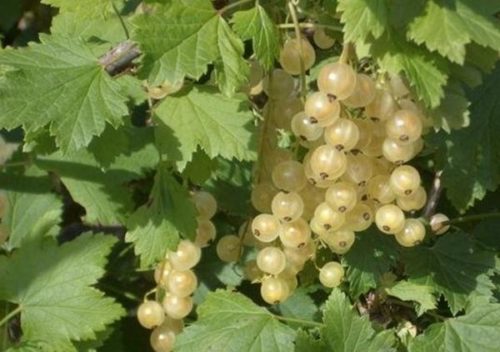
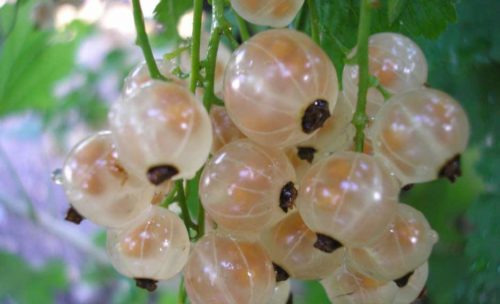
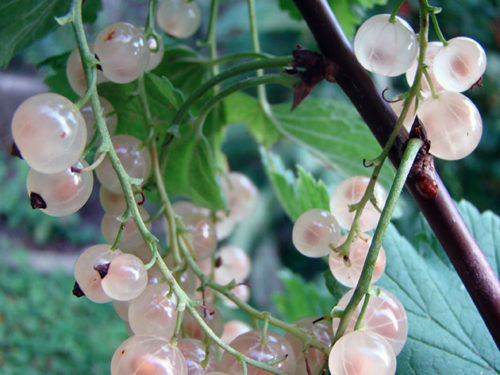
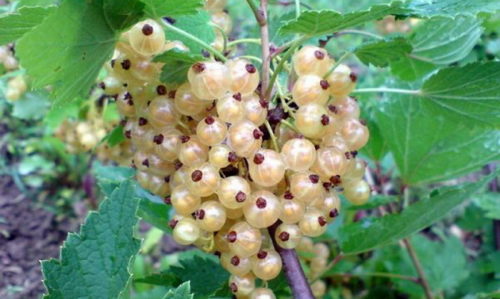












 Start a discussion ...
Start a discussion ...